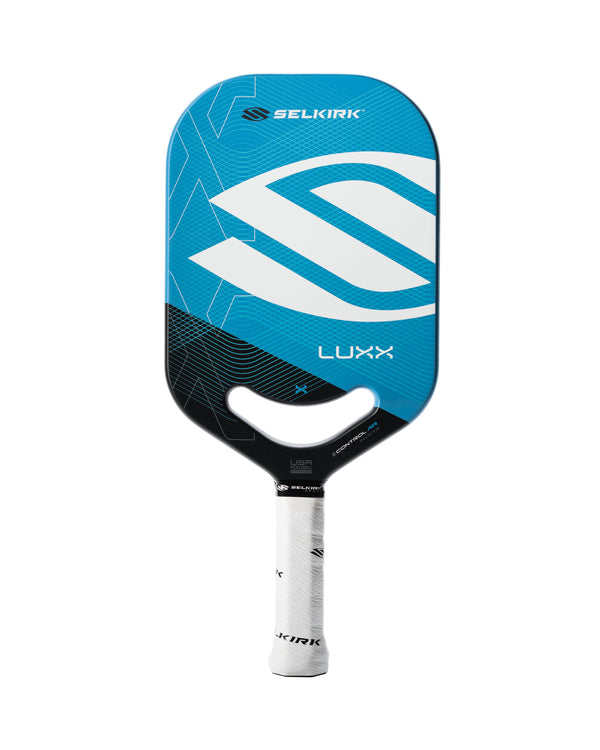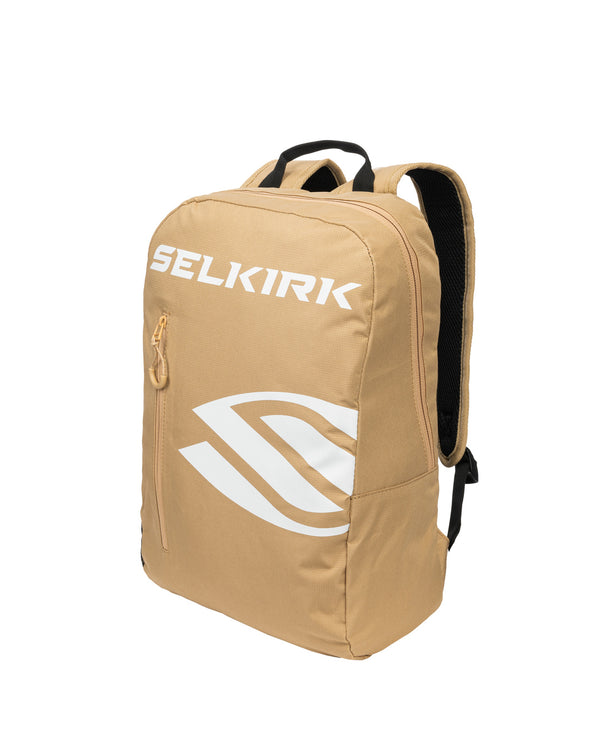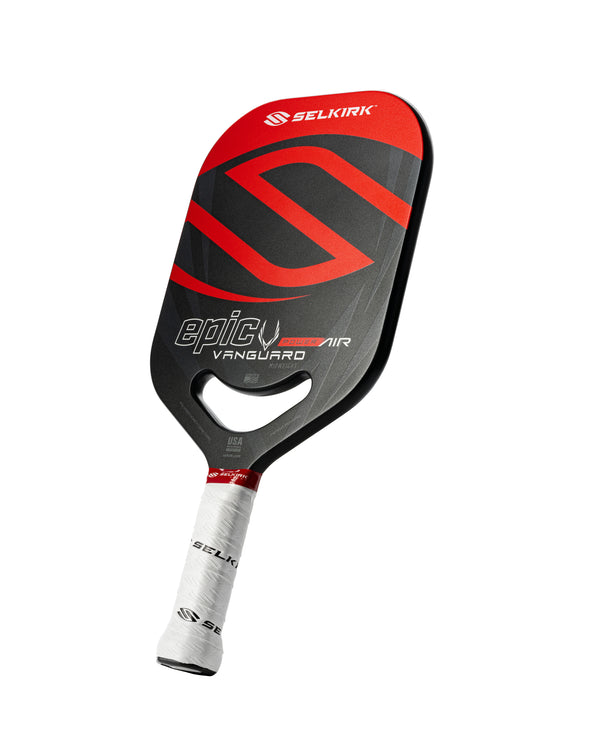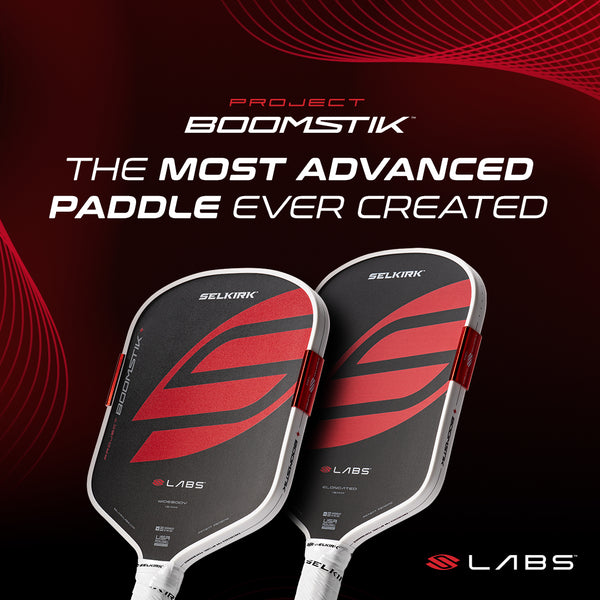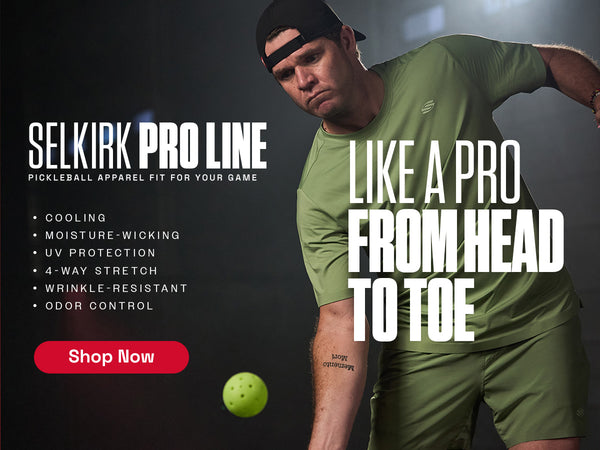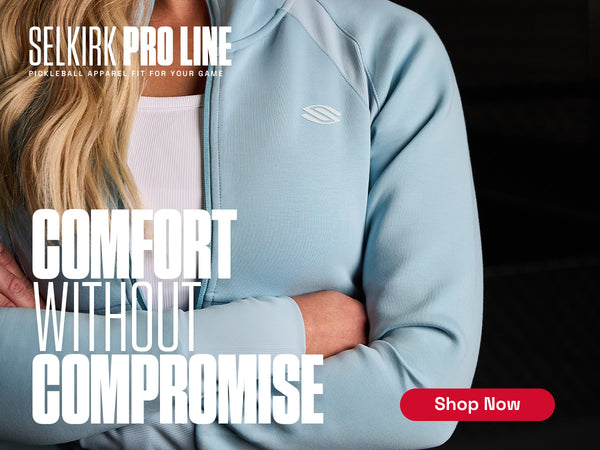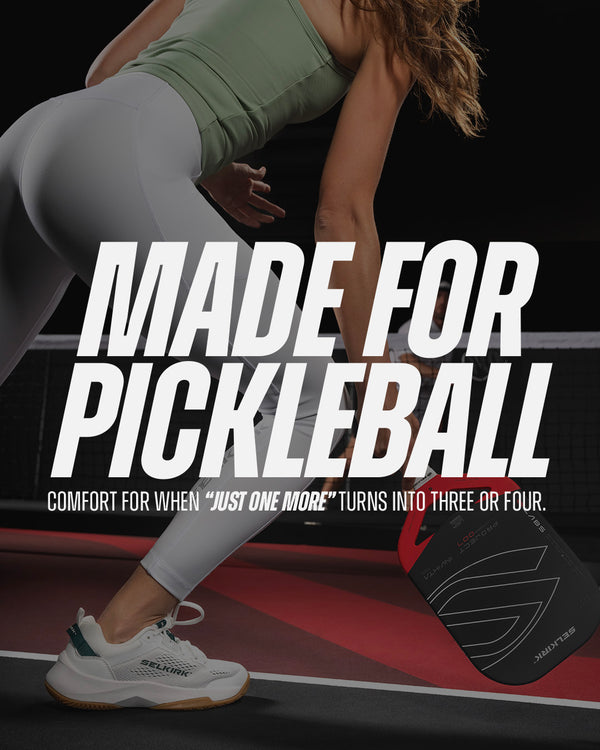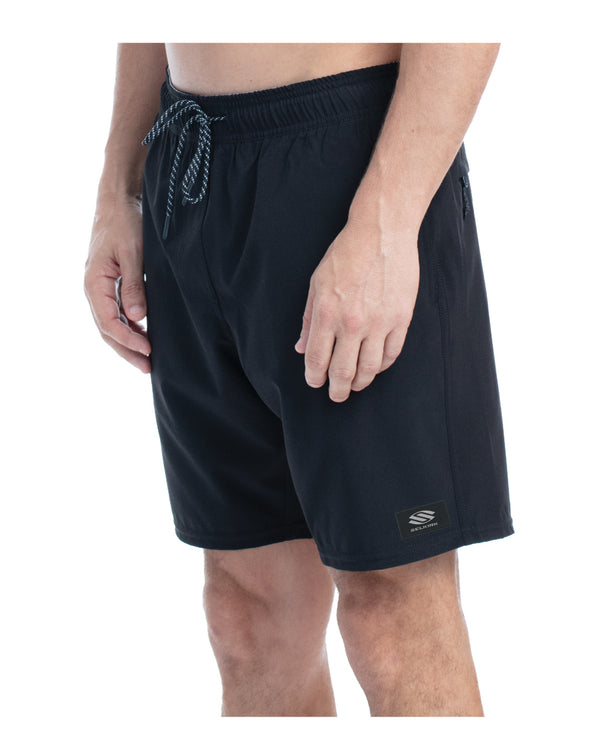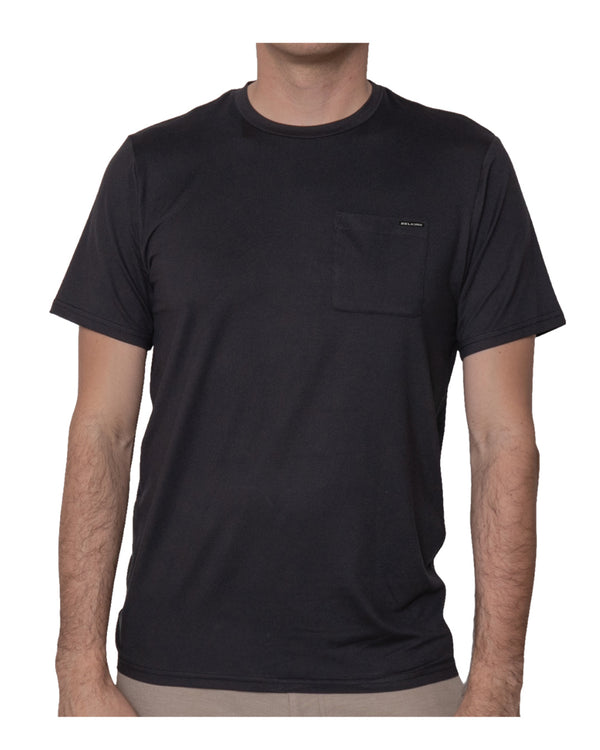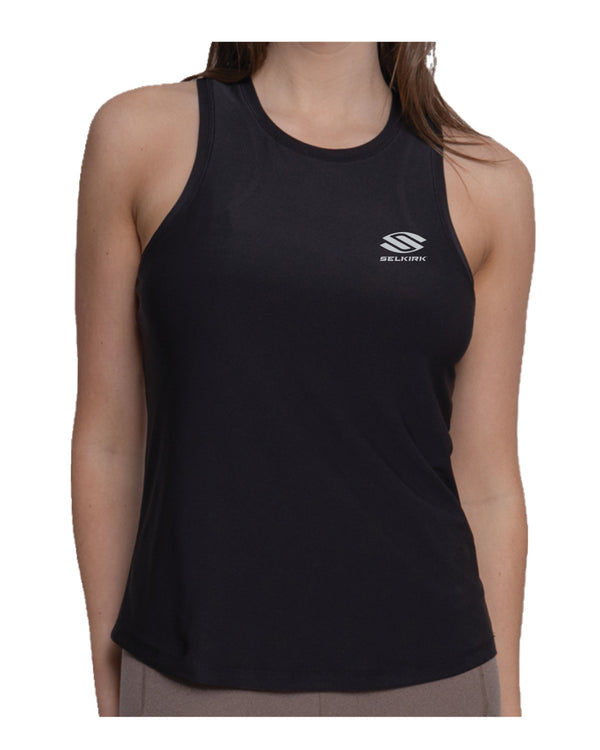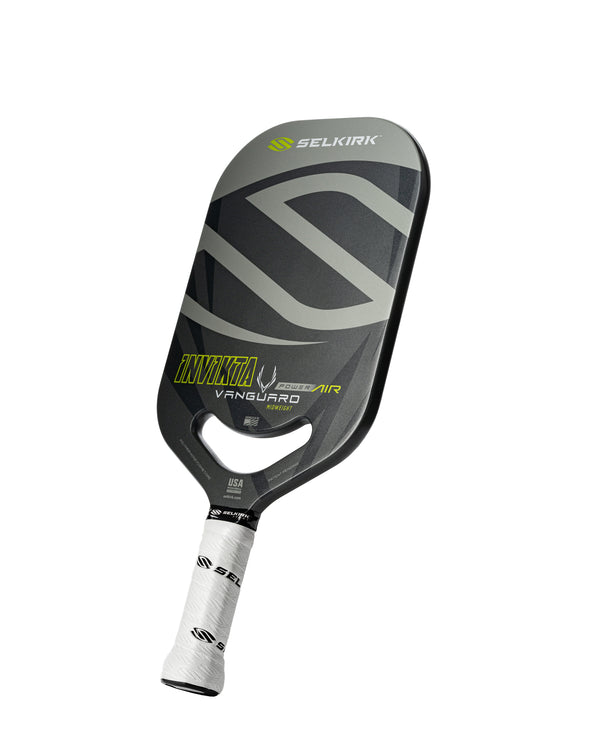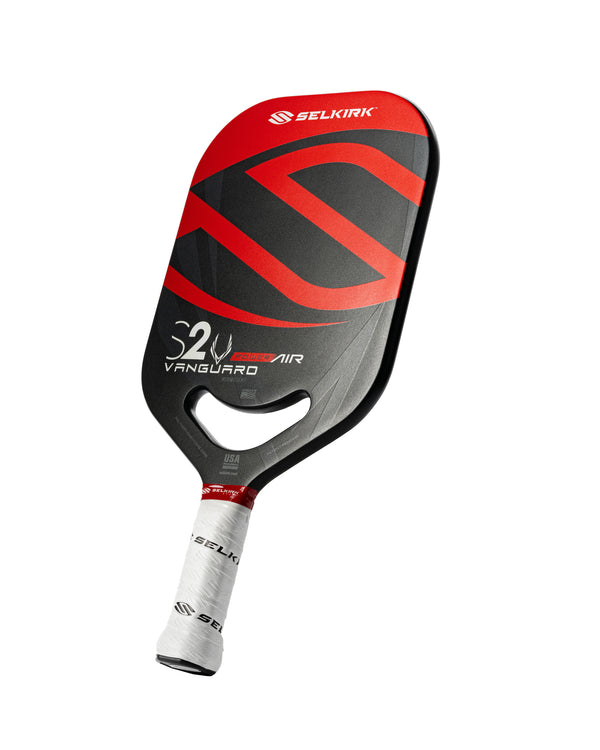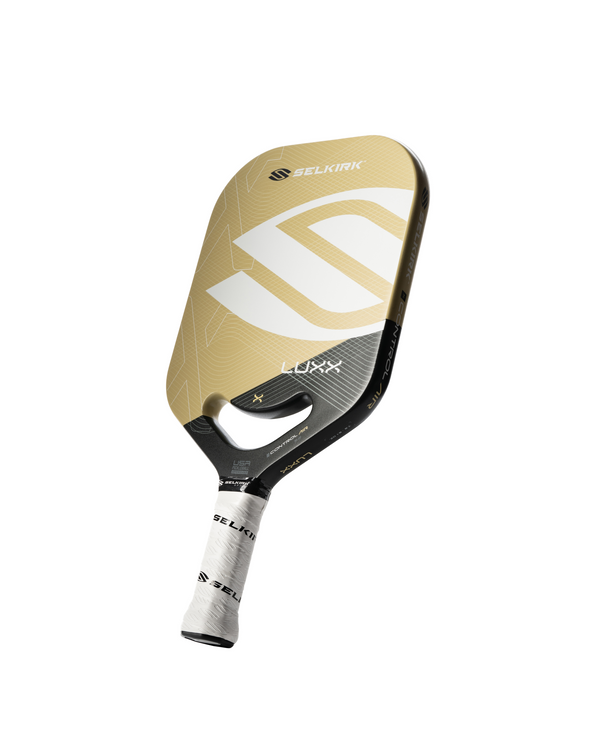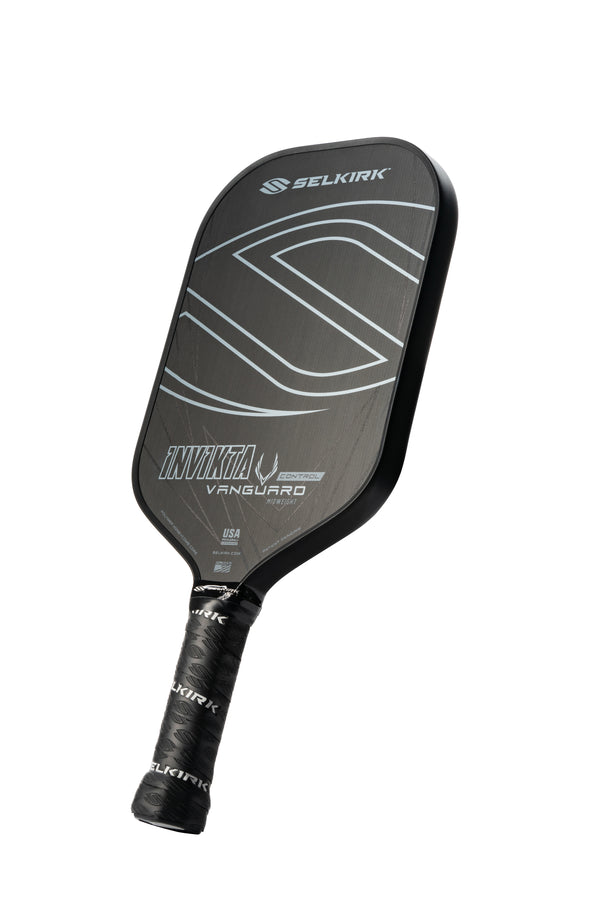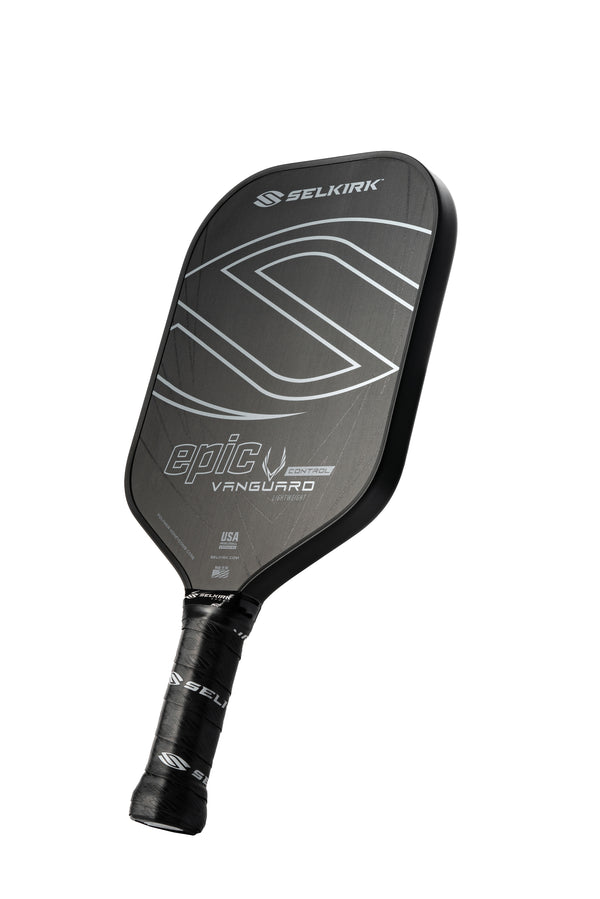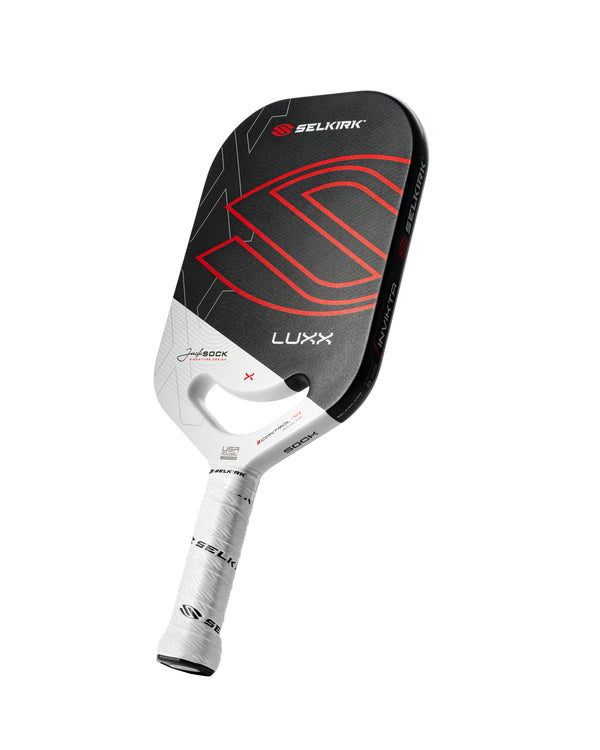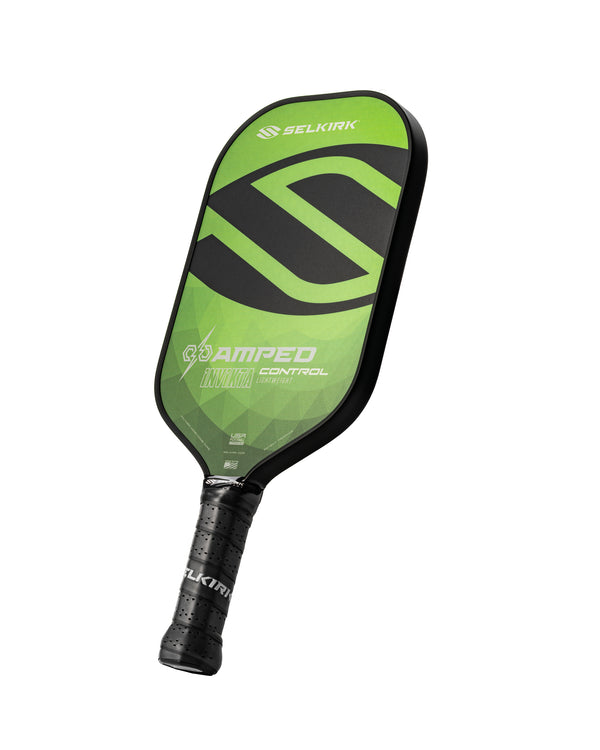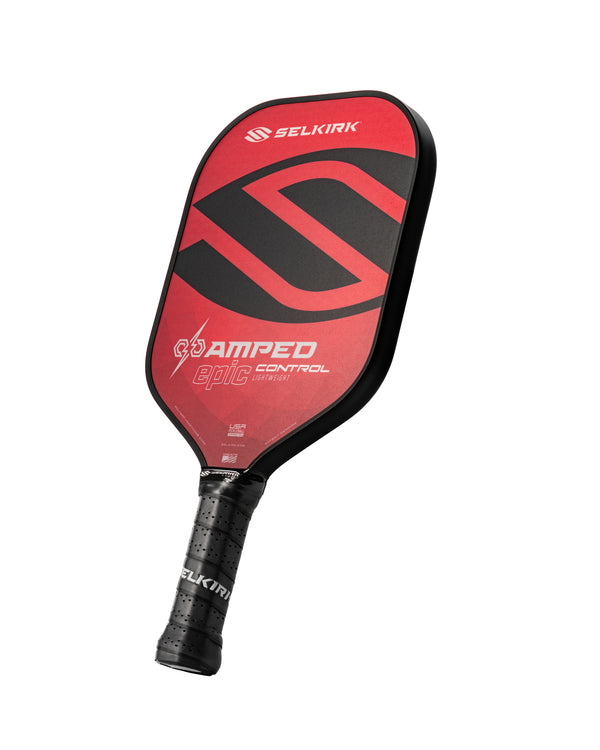Pickleball paddle construction plays a pivotal role in determining the overall performance of pickleball paddles and, consequently, a player's experience on the court.
Finding the right paddle for your gameplay is more complex than choosing which color you prefer. Various materials are used to craft pickleball paddles, and knowing which materials best suit your gameplay can ensure you have a paddle that helps you perform to the best of your ability.
Pickleball paddle construction components
There are three key components to pickleball paddle construction: the face, the core, and the handle. Each component can be made with numerous materials, and different combinations of each component can create paddles for different types of players.
The paddle face
The face of a pickleball paddle is the hitting surface that comes into direct contact with the ball. It's often the most visible part of the paddle and plays a crucial role in ball control, power, and spin. Paddle faces are typically made from a variety of materials, each offering unique properties.
The paddle core
The core is the inner structure of the pickleball paddle that lies beneath its face. It provides the paddle with its structural integrity and determines its feel and responsiveness. The core can be made from different materials, each affecting the paddle's weight, control, and power. The most common core shape is the honeycomb pattern.
The pickleball paddle handle
The handle is the grip portion of the paddle, and it's where players hold the paddle during play. Handle construction influences a player's grip comfort, maneuverability, and overall control. Considerations here include grip sizing and handle length.
Bonus component: The edge guard … or lack thereof
An often overlooked component is the edge guard, which is a protective strip that surrounds the perimeter of the paddle face. While it may not directly impact playstyle, the edge guard helps protect the paddle from damage during intense rallies and scrapes on the court.
Some paddles are edgeless, which provides players with a bigger paddle face, and therefore, a larger sweet spot. While these paddles have merit, it is recommended that players apply an edge tape to protect the paddle from scrapes.
Materials used in pickleball paddle cores
Most pickleball paddles feature a honeycomb structure in the core because the shape creates a lightweight, sturdy base.
However, paddle cores vary by material and thickness. Thinner paddles, around 13 mm, are designed for power and thicker paddles, around 16 mm, are designed for control. Various materials are used to create the honeycomb structure, which can also affect the paddle’s performance.
Wood
Wood core paddles are the original type of pickleball paddle. You may still find wooden core paddles in many beginner bundles. Depending on the type of wood used, the paddles can offer a solid, lively feel. However, wood is a heavy material and as such, wooden designs are often limited to shorter and thinner paddles which leaves much to be desired when it comes to speed and power.
Foam
There are many different types of foam cores — EVA, EPS, EPP, just to name a few. These different types of foam have unique characteristics, but generally speaking, paddles with foam cores offer a forgiving touch and quieter playing experience. The foam dampens impact by absorbing vibrations, making foam paddles ideal for players who value comfort. However, the energy return, or speed at which the ball comes off the paddle when striking the ball, is too high for sanctioned tournament play. Manufacturers are still looking for solutions to get foam paddles approved for more than recreational play.
Nomex
Nomex cores, which were the first on the market, are known for their durability and solid feel. They offer good power, but players may lose a bit of control due to the pop off the paddle. These paddles are a great choice for intermediate to advanced players.
Aluminum
Aluminum cores are known for their touch. They're relatively lightweight and offer optimal control, making them ideal for players who prefer a soft game. Aluminum can bend over time, so this core is not recommended for players who like to hit the ball hard.
Carbon fiber
Carbon fiber is a popular material for paddle faces, but lately, paddle manufacturers have experimented with it as a core material. A carbon fiber core offers exceptional strength and stiffness, but it can make it difficult to achieve a soft touch on the ball.
Polymer or polypropelyne
Polymer or polypropelyne cores are the most popular choice among players due to their versatility. They offer a broad range of playing characteristics, from soft touch and control to power and spin. Polymer-core paddles are great for beginners and advanced players alike.

Types of pickleball paddle faces
Most pickleball paddles are crafted using a “sandwich method,” in which the core is sandwiched between two paddle face sheets.
The sheets are constructed with composite materials that are built to withstand the repetitive striking of the ball on the paddle. Just like with the core, there are varying materials used to create the face sheets that alter the paddle’s performance profile.
Carbon fiber
Carbon fiber faces are known for their lightweight and excellent strength-to-weight ratio. Carbon fiber is the most durable material and delivers top control, but develops less power than other paddle faces.
It’s important to note that you should avoid a pickleball paddle that has been constructed with a carbon fiber paddle face and an aluminum core. This is because carbon deteriorates aluminum, which will weaken your paddle over time.
Fiberglass
Fiberglass faces provide a balance of power, control, and spin. They offer a good ball feel and are suitable for players who want versatility in their shots and a balanced playing experience.
Graphite
Graphite paddle faces are often very thin, and some players like the quick response of the ball off the paddle. Graphite faces are favored by players looking for a combination of control and pop. These paddles are well-suited for intermediate players seeking to refine their game.
Kevlar
Kevlar is a high-strength, lightweight material known for its durability and resistance to abrasion. Paddle faces made from Kevlar offer excellent control due to Kevlar’s dampening properties, making this material a good choice for players who prefer finesse over raw power.
Wood composite
Wood composite is not just a wooden paddle similar to a ping pong paddle. Instead, a wood composite paddle often uses a thin wooden veneer over a carbon fiber or fiberglass sheet.
Still, wood composite is a rare material in high-performance paddles because it is expensive and time-consuming to get right. Wood composite paddles are often chosen by players who value touch and finesse over raw power, making them ideal for recreational and finesse-oriented players.

Differences in pickleball paddle handles
The final, and most often overlooked, component of a pickleball paddle is the handle. The handle can vary in both grip size and length. Not only can these factors affect your game, but they can also cause physical problems if not chosen correctly.
Grip sizing
Pickleball paddle handles come in different grip sizes, typically ranging from 4 inches to 4.75 inches in circumference. Choosing the right grip size is crucial for player comfort.
A grip that fits snugly in your hand gives you the best possible control of the ball. A grip that is too small can cause you to squeeze the paddle too hard, leading to tennis elbow. A grip that is too large can restrict wrist motion. Players should select a grip size that feels comfortable and allows for a firm, controlled hold.
Handle length
Handle length can also impact a player's performance. Longer handles provide additional reach and leverage for two-handed shots but may sacrifice maneuverability. Shorter handles offer improved maneuverability but may limit reach. Choose a handle length that suits your playing style and comfort.
Conclusion
Understanding pickleball paddle construction is essential for players looking to maximize their performance on the court. The choice of materials for the face, core, and handle can significantly influence your playing style and overall experience.
Ultimately, the best pickleball paddle construction for you depends on your skill level, playing style, and personal preferences. So, take your time to experiment with different paddle constructions to find the one that helps you excel at this fast-growing and exciting sport.


